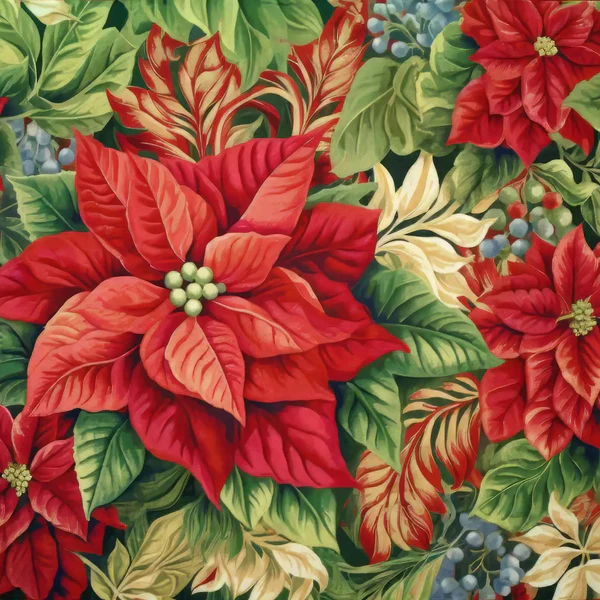Diamond painting, a relatively modern art form, has taken the creative world by storm in recent years. Its unique combination of artistry and craft has captivated artists and enthusiasts worldwide. While diamond painting is a contemporary phenomenon, it is fascinating to explore its connections to cultural artistic traditions that have thrived for centuries. In this article, we will delve into the intriguing relationship between diamond painting and various cultural artistic traditions from around the world.
1. The Art of Mosaics:
Diamond painting draws parallels to the ancient art of mosaics. Mosaic art involves creating intricate images by assembling small, colored pieces of glass, stone, or other materials. Similarly, diamond painting uses tiny resin "diamonds" to form detailed images. The mosaic art form has roots in ancient Greece and Rome and has been embraced by cultures throughout history, including Byzantine, Islamic, and Renaissance periods.
2. Japanese Origami:
Origami, the Japanese art of paper folding, shares a connection with diamond painting in terms of precision and meticulous attention to detail. Just as diamond painters carefully place each diamond on a canvas, origami artists create intricate sculptures from simple sheets of paper. The patience and precision required for both art forms are evident, making them compatible in their appreciation of precision and craftsmanship.
3. Chinese Silk Embroidery:
Chinese silk embroidery, with its vibrant colors and intricate designs, is another artistic tradition that resonates with diamond painting. Silk embroidery is an ancient Chinese art form that dates back over 2,000 years. Craftsmen and artists use delicate silk threads to create stunning, lifelike scenes and patterns. Diamond painting, while using different materials, shares the essence of meticulously crafting colorful and detailed images.
4. Native American Beadwork:
Many indigenous cultures, including Native American tribes, have a rich history of beadwork. Traditional Native American beadwork involves creating intricate patterns and designs using small, colorful beads. Diamond painting's use of tiny, sparkling diamonds is reminiscent of this traditional art form, where each bead represents a piece of a larger, meaningful story or design.
5. Mexican Huichol Art:
The Huichol people of Mexico have a distinctive artistic tradition that involves using small, colorful beads to create intricate, symbolic patterns on various objects. These creations often carry spiritual and cultural significance. Diamond painting, with its use of small, sparkling "diamonds," echoes the precision and dedication found in Huichol art, and both forms of art are deeply rooted in their respective cultures.
6. Persian Miniatures:
Persian miniatures are exquisite, highly detailed paintings that have been produced for centuries in the Middle East. These miniature artworks often depict scenes from Persian literature, history, and culture. The level of intricacy and precision in Persian miniatures is akin to that in diamond painting, where each tiny diamond contributes to the overall beauty of the artwork.
7. African Bead Art:
Various African cultures are known for their beadwork, using colorful beads to create jewelry, clothing, and decorative items. Just as each bead in African bead art is carefully chosen and placed, each diamond in diamond painting plays a crucial role in forming the final image. Both art forms reflect the cultural significance of craftsmanship and storytelling.
Diamond painting's fusion of creativity and meticulous craftsmanship is a testament to its appeal as a modern art form. While it may seem like a contemporary pastime, its connections to cultural artistic traditions from around the world are evident. Whether drawing inspiration from mosaic art, origami, silk embroidery, beadwork, or miniature paintings, diamond painting celebrates the enduring human desire to create beauty through precision and attention to detail. As enthusiasts continue to explore and adapt this art form, it serves as a bridge between the past and the present, honoring the rich traditions that have shaped the world of art for centuries.
